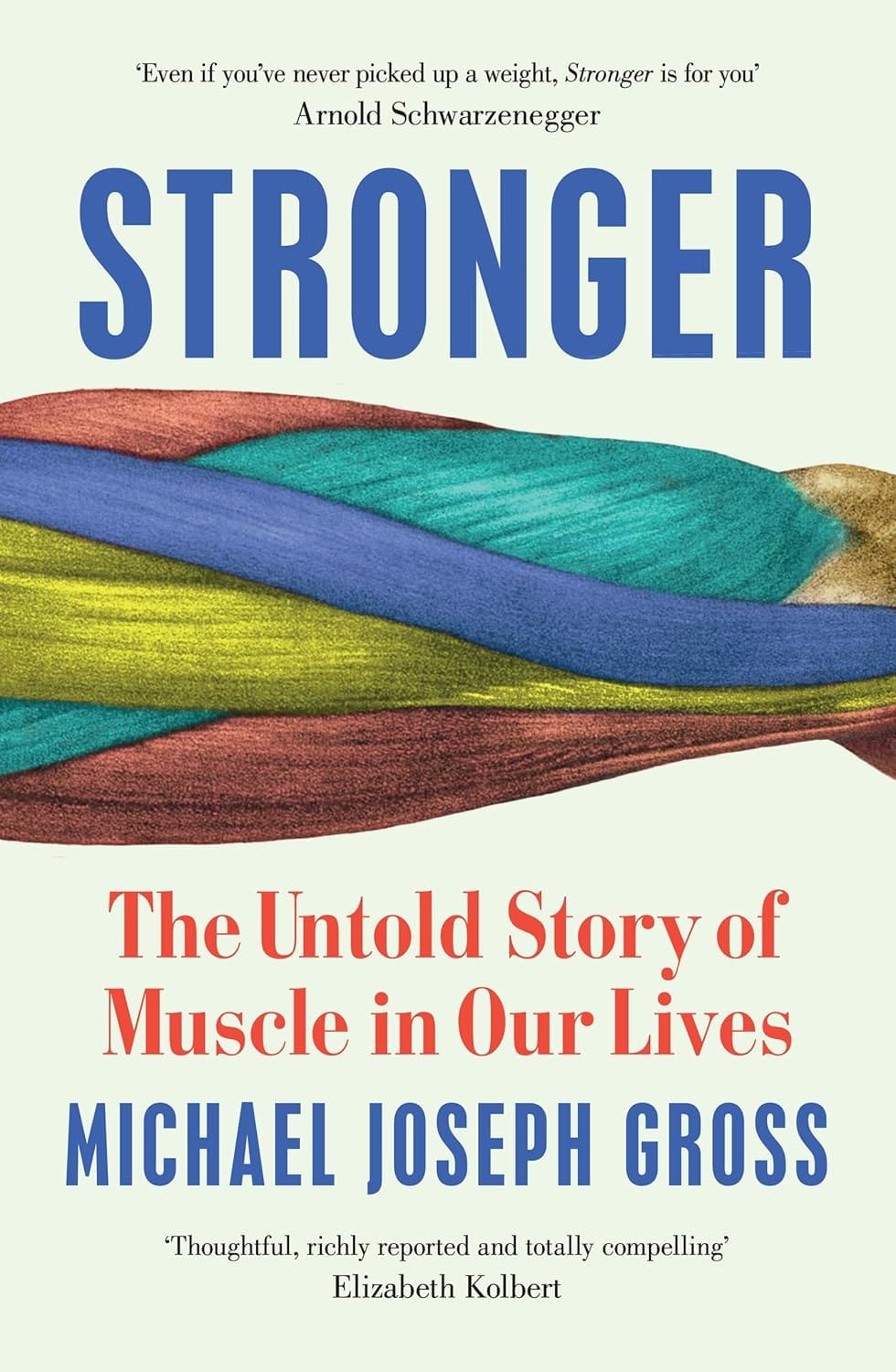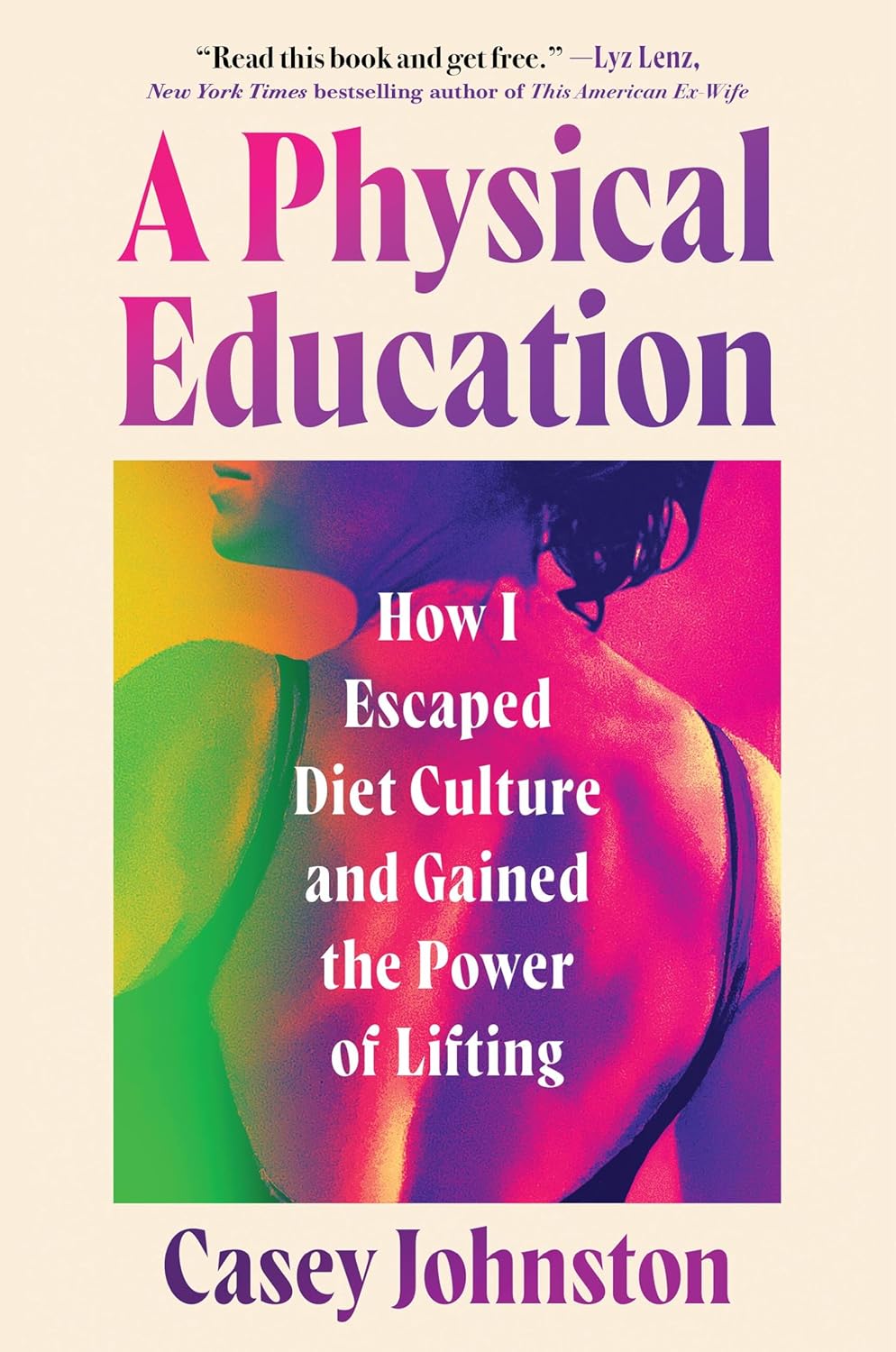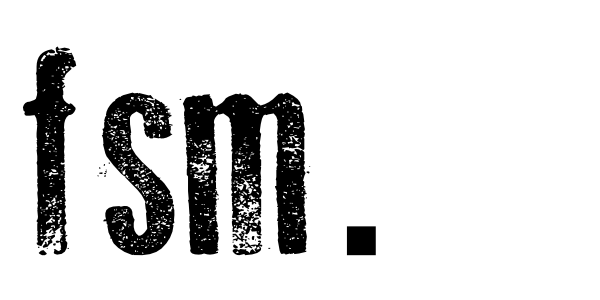Lifting: Mind, Body, Barbell
A review of Joseph Gross' Stronger: The Untold Story of Muscle in Our Lives, and Casey Johnston's A Physical Education: How I Escaped Diet Culture and Gained the Power of Lifting.
by Grace Grocholski

For bookworms—those who cherish the scent of old paper found inside the sanctuary of a library, and prefer the abstract realms of thought only accessed through reading—physical fitness can seem like a distant moon. What purpose does the body hold other than as a vessel for the mind? Yet an undeniable shift occurs when the body calls out for attention, when muscles demand movement, and we are no longer content to simply sit in passivity. In Michael Joseph Gross’s Stronger: The Untold Story of Muscle in Our Lives and Casey Johnston’s A Physical Education: How I Escaped Diet Culture and Gained the Power of Lifting, readers find two complementary explorations of this phenomenon—experienced by all of us who have stepped into the gym and found unexpected freedom in physical movement and the weight of iron.
Gross’s Stronger is a sprawling historical dive into the world of muscle. Ancient Greeks, modern powerlifters, and aging residents in nursing homes—Gross celebrates them all, exploring the force of human potential and athleticism while underscoring the science behind muscle. He weaves together disparate threads, beginning with muscle’s first appearance in literature on the battlefields of Homer’s Iliad. He then traces its evolution through forgotten Victorian-era gyms where women broke barriers, to modern-day nursing homes where strength training is proving to be a lifeline. This broad historical scope is one of the book’s highlights, revealing how perceptions of muscle and strength have shifted dramatically across eras. Readers learn of ancient prejudices, the historical “brain versus brawn” dichotomy, and how weight training was often dismissed or even warned against.
But Stronger isn’t merely a historical account. Gross anchors this narrative with profiles of individuals who have shaped our understanding of strength. He details the lives of accomplished scholars and athletes, such as Jan Todd, an academic and pioneer in women’s powerlifting, and Charles Stocking, a classicist and sports historian. These individuals illustrate how intellect and physical prowess are not mutually exclusive but can be intertwined. The personal stories make the book both informative and approachable.
Perhaps the most impactful aspect of Stronger is its argument for the importance of maintaining muscle throughout the lifespan. Gross presents scientific studies demonstrating how progressive resistance training is not just for elite athletes, but a powerful form of movement for the general population, including the elderly. He effectively dismantles common misconceptions about weightlifting, emphasizing its safety and efficacy for people of all ages, including the elderly. The book’s exploration of muscle’s role in maintaining independence and autonomy as we age is particularly relevant.
This is where Casey Johnston’s A Physical Education steps in, offering a personal perspective of the weightlifting journey. For anyone who has ever felt at war with their body or intimidated by the gym and fitness culture, this book offers not just a path to physical strength, but a roadmap to self-acceptance and liberation. Johnston, known for her “She’s a Beast” newsletter, takes readers on a journey through her own complex relationship with her body, from years of restrictive eating and obsessive cardio to the unexpected solace she found in lifting weights. What makes her account so compelling is her honesty. She doesn’t shy away from detailing the damaging effects of diet culture on her mental and physical well-being, sharing her experiences with disordered eating and the constant struggle to become ever smaller. This vulnerability makes her story incredibly relatable, particularly for women who have navigated similar pressures.

The heart of A Physical Education lies in Johnston’s discovery of weightlifting. She vividly describes the initial intimidation of the gym, the slow process of learning movements, and the profound shift in her self-perception as she grew stronger. This isn’t a book about achieving an ideal physique; strength training can be about reclaiming bodily autonomy, finding beauty in movement, and understanding that strength is far more than just aesthetics. Johnston eloquently argues that strength training is a radical act, an antidote to the shame and isolation that diet culture often fosters.
Beyond the personal memoir, Johnston weaves insightful commentary on the broader societal messages surrounding women’s bodies and fitness. She dismantles the insidious nature of diet culture, exposing its roots in patriarchal systems and its profit-driven agenda. Her analysis reveals how many of the “health” messages we receive actually serve to make us weaker, both physically and emotionally. This critical lens elevates A Physical Education from a personal story to a broader cultural critique.
For me, as someone who spent years avoiding the gym and convincing myself that I was unathletic, weight lifting has become an act of self-discovery. It’s a tangible, measurable way to connect with my body, to witness the incremental progress that comes with consistent effort. In a world that often feels chaotic and unpredictable, the weight room offers a sense of stability and control. A 45 lb plate is always a 45 lb plate. The barbell doesn’t care about deadlines or existential anxieties; it simply demands to be moved. And it was a shockingly simple revelation when I realized: I am capable of moving it.
The act of lifting is a counterpoint to the abstract world of words and ideas. It grounds me in the present moment, forcing me to focus on the task at hand. The feeling of pushing through a challenging set, of witnessing my body adapt and grow stronger, is a profound and satisfying experience. It’s a reminder that I am more than just a mind; I am a physical being, capable of strength and resilience.
Johnston’s emphasis on building a sustainable practice, and the elderly weightlifters highlighted by Gross who discovered and maintained a sense of independence as they aged, resonate with me deeply. These accounts affirm that lifting is not about achieving a fleeting ideal, but about cultivating a long-term relationship with one’s self. Johnston encourages readers to prioritize consistency over intensity, to focus on mastering the fundamentals, and to find joy in the process. This approach is particularly valuable for those of us who are new to lifting, who may be intimidated by the gym environment or overwhelmed by the sheer volume of information available.
Stronger and A Physical Education offer two sides of the same coin. Gross illuminates the extraordinary potential of the human body, while Johnston advocates for unlocking that potential in ourselves. Together, they offer a compelling argument for the transformative power of strength training. It is an education that goes beyond the library or the gym—a lesson in self-esteem and resilience. In a world filled with constant change, that 45 lb plate, and the journey it represents, remains ironclad.
Grace Grocholski is a part-time librarian, full-time bookworm. In her spare time, she enjoys running, baking, and feeding her online chess addiction.




